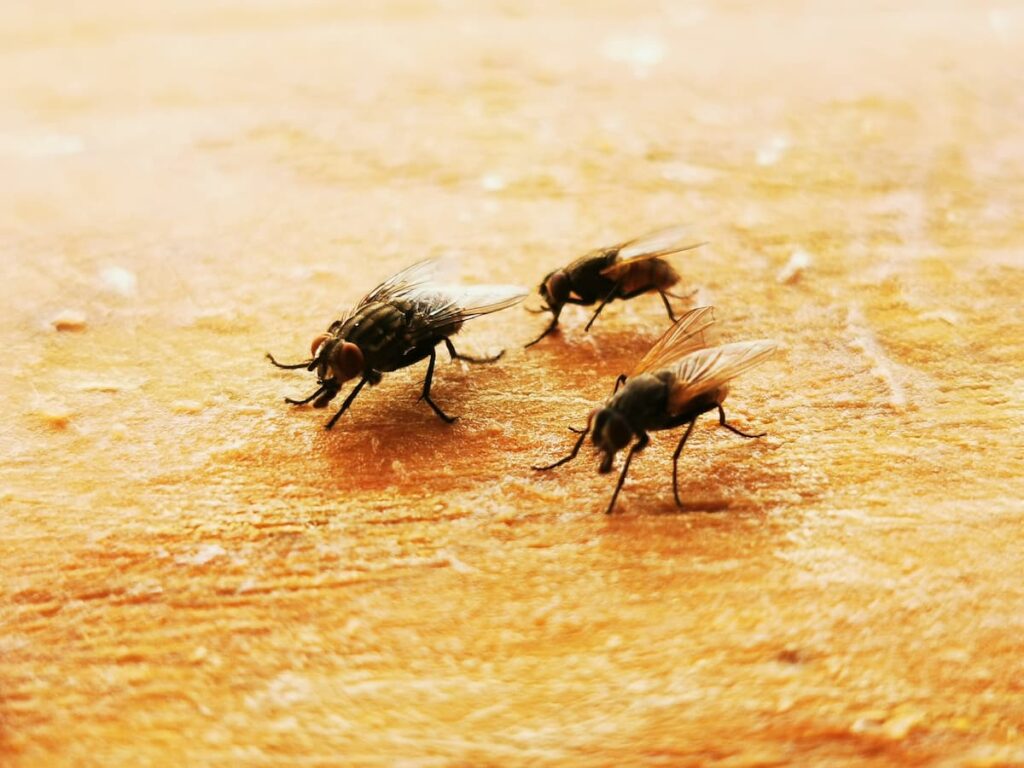A Strange but Effective Strategy
The U.S. government is gearing up for an unusual yet scientifically proven method to combat a dangerous flesh-eating parasite threatening livestock, wildlife, and even humans. The New World Screwworm, a tropical species whose larvae feed on living flesh, poses a severe risk to the cattle industry and public health. In response, billions of sterile flies will be bred and dropped from airplanes over southern Texas and parts of Mexico.
This approach may sound like something out of science fiction, but it’s a carefully calculated plan grounded in decades of success. By releasing sterilized male flies into the wild, scientists aim to disrupt the breeding cycle of this deadly pest. Since female screwworm flies mate only once in their lifetime, pairing with a sterile male results in unfertilized eggs that don’t hatch—leading to a gradual but complete collapse of the pest population.
The Screwworm Threat Returns
The screwworm fly had been eradicated from the U.S. and much of Central America thanks to similar sterile insect programs in the past. However, the pest recently reappeared in southern Mexico, raising alarms across the region. Its presence is especially concerning because the fly targets any warm-blooded animal, including livestock, pets, wildlife, and in rare cases, people.
This species is particularly dangerous due to its unique behavior. Unlike most fly larvae that feed on dead tissue, the screwworm larvae consume live flesh. Female flies lay their eggs in open wounds or exposed tissue, and the hatched larvae burrow deeper, causing extreme pain and infection. In severe cases, infested animals can die within weeks.
Veterinarians have effective treatments, but large-scale infestations could lead to significant losses for ranchers and animal owners. As a result, the U.S. temporarily halted imports of live cattle, horses, and bison across the southern border.
Scaling Up the Defense
To stay ahead of the threat, the U.S. Department of Agriculture is investing heavily in expanding its sterile fly program. A new fly breeding facility is planned in southern Mexico, while a distribution center in southern Texas will help manage fly releases and coordinate efforts with the Panama-based fly factory currently in operation.
The Panama facility can produce up to 117 million sterile flies each week, but experts say the situation demands a production rate of at least 400 million. The USDA has allocated millions in funding to build and upgrade facilities to meet this goal.
Raising sterile flies in such massive numbers is a complex task. Female flies need the right environmental cues to lay eggs, and larvae must receive the proper nutrients. Modern breeding facilities use a mixture of egg powder and bovine blood products to feed the larvae, who are later sterilized and packed into trays of sawdust to complete their life cycle.
Special care is taken to ensure no fertile flies escape the breeding stock, as even one breeding pair could undermine control efforts.
Taking to the Skies
Once ready, the sterile flies are released by air over affected areas. Aircraft carry crates loaded with flies and drop them strategically across the region. While effective, the operation comes with risks. A recent crash during a fly release mission near the Guatemalan border serves as a reminder of the dangers involved.
Despite the risks, experts agree that this method remains one of the most effective ways to prevent the spread of the New World Screwworm. It’s a high-stakes operation aimed at preserving the health of animals and the stability of the livestock industry.
Officials warn that success doesn’t mean the problem is gone forever. New infestations can appear unexpectedly, which is why many advocate for maintaining fly factories even after outbreaks are controlled.
As the U.S. prepares to fight back with science and strategy, the goal remains clear: prevent the spread of a devastating parasite, protect animal welfare, and avoid another large-scale infestation that could cripple the agriculture sector.



